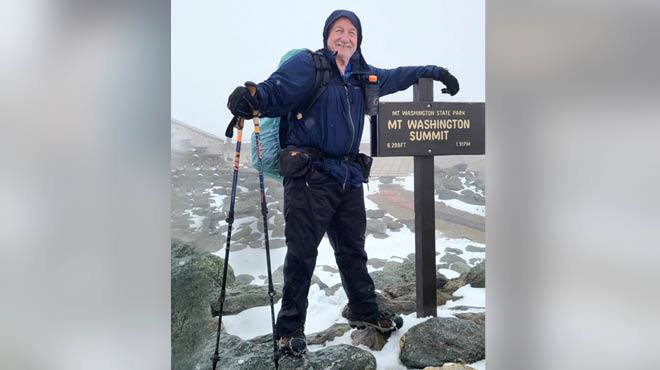Orthopedics Patient Stories

October 22, 2023
When people retire, they often plan to spend more time with their grandkids, or on activities like volunteering, gardening, traveling and hobbies. Christine Brown came[...]

November 17, 2017

October 12, 2017

September 29, 2017

April 13, 2016

February 3, 2016

November 12, 2015
Explore more topics
 Sign up
Sign up

Mayo Clinic Connect
An online patient support community
